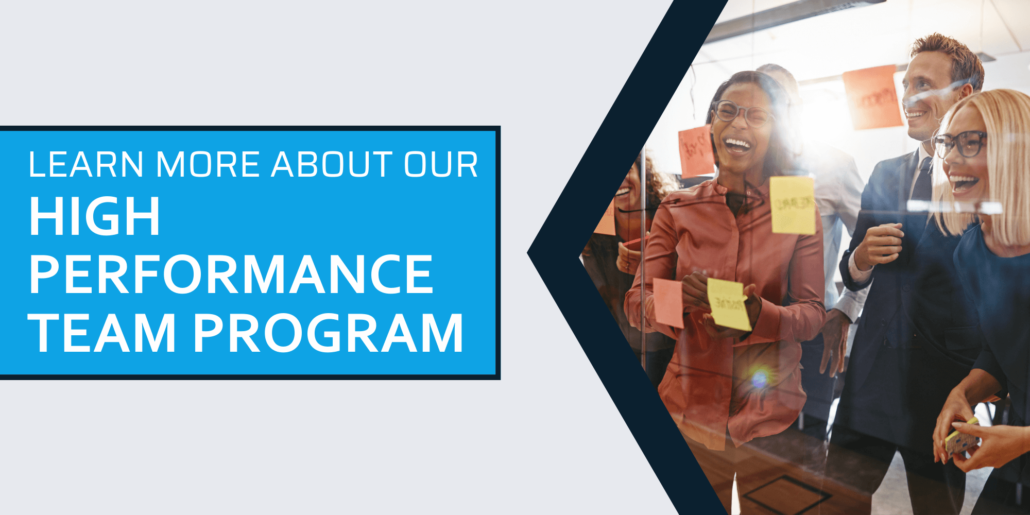Building Trust through Authentic Leadership
Building Trust through Authentic Leadership
Far from being just another trendy concept, authentic leadership embodies integrity, consistency, and genuine interactions. This leadership style distinguishes itself from traditional models that often emphasise authority and control, by creating an environment where trust can naturally flourish. Through transparency, open communication, and fostering a positive organisational culture, authentic leaders pave the way for deeper employee engagement, higher retention rates, and sustainable success.
Authentic Leadership as the Cornerstone of Trust
Authentic leadership is not just a buzzword; it is a fundamental approach to leadership that promotes integrity, consistency, and genuine interactions. Unlike traditional leadership models, which often rely on authority and control, authentic leadership fosters an environment where trust can flourish naturally.

The Role of Transparency and Open Communication
One of the most powerful tools in an authentic leader’s arsenal is transparency. By openly sharing information and being honest about challenges and opportunities, leaders can create a culture of trust. Effective leadership relies on open communication to ensure that employees and stakeholders are on the same page, leading to shared understanding and greater accountability.
Transparency is not merely about sharing good news; it also involves being upfront about mistakes and setbacks. Admitting faults and learning from them sets a precedent for honesty and encourages others to do the same. This level of openness can dissolve barriers and build a foundation of trust that withstands even the toughest challenges.
The Impact on Employee Engagement and Retention
Authentic leadership significantly influences employee engagement and retention, as well as the development of high performing teams. When employees view their leaders as genuine and trustworthy, they feel valued and understood, fostering a deeper connection to the organisation’s mission and values. Harvard Business Review found that companies with authentic leaders had higher employee engagement and retention rates. Engaged employees are not only more productive but also more likely to stay with the company for the long term, reducing turnover rates and contributing to a stable workforce.
This deep sense of engagement transforms employees into advocates for the organisation, enhancing workplace culture and attracting top talent. Furthermore, authentic leadership cultivates high performing teams by encouraging open communication and collaboration, leading to innovative solutions and superior results. As a result, authentic leadership is essential for maintaining high employee morale, reducing turnover, and building teams that drive organisational success.

Fostering a Positive Organisational Culture
Authentic leadership’s influence extends beyond individual relationships, significantly shaping the overall organisational culture. Leaders who prioritise authenticity and trust cultivate an environment where innovation and collaboration flourish. Employees feel secure in expressing their ideas and taking calculated risks without fear of retribution.This inclusive culture not only encourages diverse perspectives but also plays a crucial role in supporting growth. When trust is woven into the fabric of the organisation, it paves the way for sustainable success and nurtures a resilient workforce capable of navigating uncertainties with confidence. By fostering trust and openness, authentic leadership supports continuous growth and development, both at the individual and organisational levels.
Contrasting Authentic Leadership with Traditional Models
Traditional, hierarchical leadership models often rely on a top-down approach, where decisions are made at the executive level and trickle down to the rest of the organisation. While this model can be effective in certain contexts, it often stifles creativity and limits the flow of information.
In contrast, authentic leadership promotes a more egalitarian approach. Leaders engage with employees at all levels, valuing their input and fostering a sense of shared ownership. This collaborative dynamic not only enhances trust but also empowers employees to take initiative and contribute meaningfully to the organisation’s success. By involving employees in decision-making processes and valuing their perspectives, authentic leadership helps in developing leadership capabilities across the organisation, preparing the next generation of leaders and ensuring long-term sustainability.
Building trust through authentic leadership is not a one-time effort but an ongoing commitment. Effective leaders who embrace transparency, open communication, and genuine connections will find themselves leading more engaged, innovative, and resilient organisations.
For those aspiring to cultivate this leadership style, the journey begins with self-awareness—understanding your values, strengths, and areas for growth. From there, it’s about consistently demonstrating these values through your actions and interactions. Authentic leadership is a powerful catalyst for trust, which is the bedrock of organisational success. By prioritising authenticity, effective leaders can create an environment where trust is earned, sustained, and celebrated.










































































